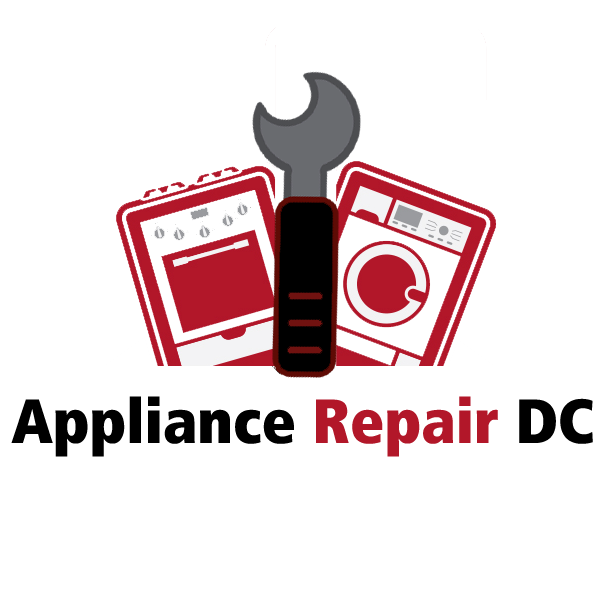Fix Water Heater Leak in DC
A water heater leak can disrupt your day, and your home’s safety, in a heartbeat. In Washington, DC, where every basement, condo utility closet, and rowhouse has its quirks, “water heater leak” or “hot water tank leaking” quickly become top-search terms. Local homeowners know that when a drip turns into a flood threat, fast, professional action matters. That’s why they call (202) 559-3966 for trusted service that diagnoses the cause clearly and fixes it safely.
The most common culprit in DC homes is rust and corrosion. Over time, sediment buildup from the city’s hard water wears on the steel tank interior, and a depleted anode rod means the tank walls rust internally until the metal finally crumbles. Once rust appears at the bottom seam, or rusty water runs, you’re staring at a tank that’s past its best. The only safe answer is water heater replacement, not patching.
Another frequent leak point is loose or faulty connections, especially on inlet/outlet fittings, drain valves, or the temperature-and-pressure (T&P) relief valve. In tight basements or stacked closets, movement or thermal expansion can loosen a fitting just enough to drip. A licensed technician will tighten connections, replace compromised valves, add Teflon tape, and test under pressure to ensure complete water heater repair so you don’t worry about drips later.
Excessive water pressure is another hidden culprit. In many parts of DC, the municipal supply pushes high PSI into homes. Without a pressure-reducing valve or with a failing gauge, the tank takes more stress than it’s rated for, leading to tiny seams or gasket leaks. A tech will test the home pressure, adjust or install a pressure regulator, and ensure the expansion tank is functional to protect your heater and plumbing.
Less obvious, but equally damaging, are thermal expansion issues. When water in a closed system heats and expands, pressure spikes can cause the T&P valve to leak or stress the tank. If your water heater isn’t equipped with an expansion tank, or if the existing one is waterlogged, you may see timed leaks even with otherwise normal operation.
Finally, corroded internal components like heating elements (in electric tanks) or sacrificial anode rods can accelerate leak risk. If a technician finds the anode entirely eroded or elements pitting the tank lining, they’ll advise changing the heater before a catastrophic leak happens during peak use.
Why do DC residents prefer calling (202) 559-3966? Because you get a technician who texts before arrival, safely drains the tank, inspects connections and structural integrity, and quotes replacement options only when needed. In most cases, we handle drain pan installation, pressure safety upgrades, and full water heater replacement in one visit. And we leave it clean, with permits pulled if required.
Delaying a water heater leak risks ceiling collapse, mold growth, and ruined flooring, and in multi-family buildings, insurance headaches too. If you're seeing rust, loose fittings dripping, odd patterned leaks, or you're uncertain about pressure or tank age, call (202) 559-3966 right away. We'll evaluate whether a repair or a full change water heater job is safest, and restore hot water and peace of mind fast.
FAQs
Why is my water heater leaking?
Common causes: tank rust/corrosion, loose connections, excessive water pressure, faulty T&P valve, or failed anode rod. Call (202) 559-3966 for a safe evaluation.
Can a loose pipe fitting cause a leak?
Yes, thermal expansion and vibrations can loosen inlet/outlet or valve connections. A technician can tighten or replace fittings during a service call.
Is it just a leak or do I need a new heater?
If rust is visible on the tank wall or seam, or the anode rod is gone, replacement is safest. Small valve leaks can be repaired.
Can high water pressure lead to water heater leaks?
Absolutely. High PSI puts stress on the tank and T&P valve. A pressure regulator and expansion tank may be needed.
Do you replace water heaters the same day in DC?
In most cases, yes. We drain, remove the old unit, install the new one, and ensure proper safety upgrades—all in one visit.

